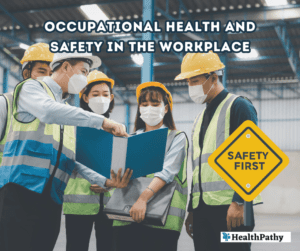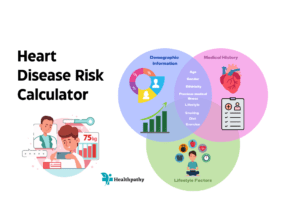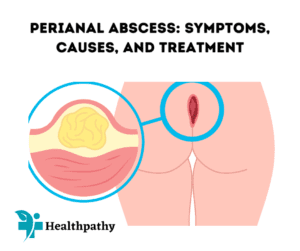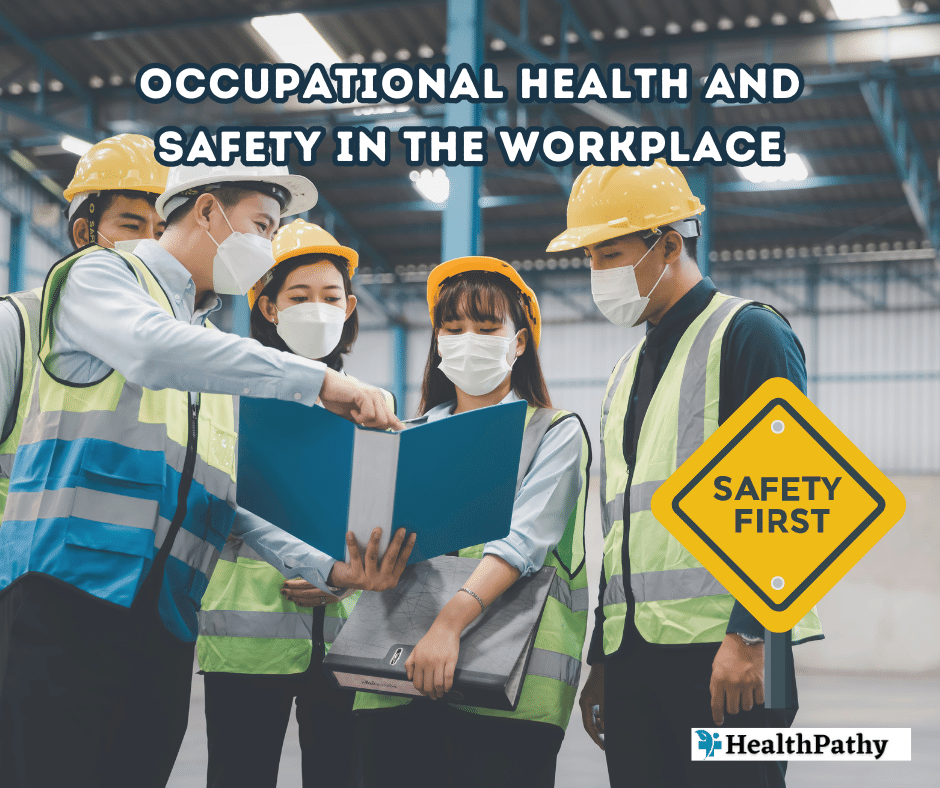Occupational Health and Safety in the Workplace

In today’s rapidly evolving world, the importance of occupational health and safety (OHS) in the workplace cannot overstate. A safe and healthy work environment not only protects employees from harm but also contributes to increased productivity, job satisfaction, and overall organizational success. This article delves into the significance of OHS in the workplace, its key components, benefits, challenges, and strategies for implementation.
The Significance of Occupational Health and Safety
Occupational health and safety encompass the practices, policies, and procedures that organizations put in place to protect their employees from work-related hazards and illnesses. This encompasses physical, mental, and emotional well-being. A strong commitment to OHS demonstrates an organization’s dedication to its workforce’s welfare, fostering a culture of care and responsibility.
Key Components of Occupational Health and Safety
- Risk Assessment and Management: Identifying and evaluating potential hazards is the first step in OHS. Organizations need to regularly assess risks associated with their work processes, machinery, chemicals, and ergonomic conditions. Once identified, these risks must be managed effectively through preventive measures, engineering controls, and personal protective equipment.
- Training and Education: Proper training ensures that employees are equipped with the knowledge and skills required to work safely. This includes training on operating machinery, handling hazardous substances, emergency response procedures, and understanding OHS policies.
- Health Surveillance: Regular health checks and monitoring are essential to identify early signs of work-related illnesses. This includes exposure to harmful substances, noise-induced hearing loss, and other long-term health effects.
- Emergency Preparedness: Organizations must have robust emergency plans in place to address accidents, fires, natural disasters, and other unforeseen events. Regular drills and training sessions ensure that employees know how to react swiftly and safely during emergencies.
- Ergonomics: Creating a workspace that supports good posture, reduces strain, and minimizes physical discomfort is crucial. Ergonomic assessments and adjustments contribute to long-term employee well-being and prevent musculoskeletal disorders.
Benefits of Occupational Health and Safety
- Employee Well-being: A safe and healthy work environment reduces the risk of injuries, illnesses, and stress, enhancing the overall well-being of employees. This, in turn, boosts morale, job satisfaction, and retention rates.
- Enhanced Productivity: When employees feel safe, they are more focused and motivated, leading to increased productivity and higher quality work.
- Reduced Costs: Effective OHS measures can significantly reduce workplace injuries and illnesses, which can result in lower healthcare costs, insurance premiums, and compensation claims.
- Positive Reputation: Organizations that prioritize OHS develop a reputation as responsible and caring employers, attracting top talent and garnering positive public perception.
Challenges in Implementing Occupational Health and Safety
- Resistance to Change: Implementing new OHS practices might face resistance from employees who are accustomed to old routines. Proper communication and training are crucial to overcoming this hurdle.
- Resource Allocation: Some organizations may struggle to allocate the necessary resources for comprehensive OHS programs, including training, equipment, and regular assessments.
- Regulatory Compliance: Navigating and adhering to constantly evolving OHS regulations can be complex, especially for multinational companies operating in different jurisdictions.
Strategies for Effective Implementation
- Leadership Commitment: Senior management must demonstrate a genuine commitment to OHS by allocating resources, setting policies, and leading by example.
- Employee Participation: Involving employees in OHS initiatives fosters a sense of ownership and accountability. Regular feedback and open communication channels are essential.
- Regular Training: Continuous education ensures that employees are aware of evolving risks and best practices for mitigating them.
- Monitoring and Review: OHS programs should be regularly assessed for effectiveness. Incident reporting and analysis can help identify areas for improvement.
Summary:
Prioritizing occupational health and safety in the workplace is not just a legal obligation but a moral imperative. Organizations that invest in creating a safe and healthy work environment reap numerous benefits, from improved employee well-being and increased productivity to enhanced reputation and reduced costs. By implementing robust OHS practices, organizations demonstrate their commitment to the people driving their success.
Related Article:



Follow us:





